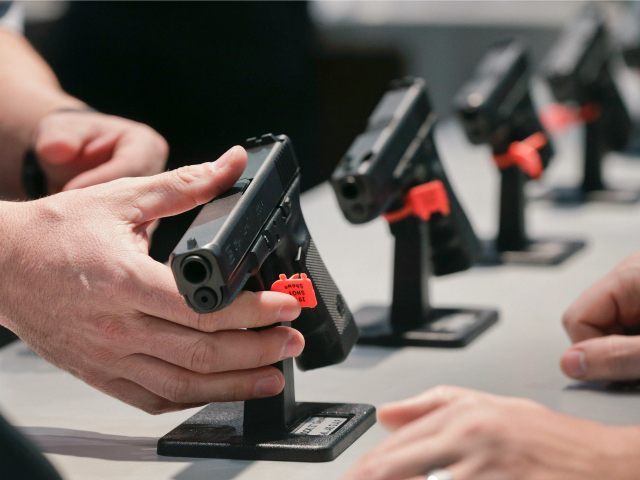On March 04, 2010, the Chicago Tribune reported that the hallmark of municipal gun bans was a sharp increase in death rates, and it suggested the reason for the rise in fatalities was because bans affect law-abiding citizens rather than criminals.
The Tribune admitted the failure of gun bans nearly two years after the Supreme Court of the United States overturned Washington DC’s ban in District of Columbia v Heller (2008) and roughly three months before SCOTUS would overturn Chicago’s ban in McDonald v Chicago (2010).
According to the Tribune, municipal gun bans are flawed in concept. Therefore, rather than a decline in homicides, the years following the implementation of DC’s gun ban saw “the number of killings [rise] by 156 percent.” And the surge in killings came “at a time when murders nationally increased by just 32 percent.” The death rate grew so high that DC “vied regularly for the title of murder capital of America” after the ban was implemented.
Similar results were achieved in Chicago, the Tribune reported the decade following the implementation of Chicago’s ban saw “murders [jump] by 41 percent, compared with an 18 percent rise in the entire United States.”
Why did the bans lead to death? Why didn’t leftist theories that fewer guns equal less crime hold true? The Tribune suggests the answers to these questions lie in the inequitable divide in the way such bans restrict law-abiding citizens instead of criminals.
The Tribune observed:
One problem is that the bans didn’t actually have any discernible effect on the availability of guns to people with felonious intent. As with drugs and hookers, when there is a demand for guns, there will always be a supply. Who places the highest value on owning a firearm? Criminals. Who is least likely to fear being prosecuted for violating the law? Criminals. Who is most likely to have access to illicit dealers? You guessed it.
Fast forward to 2016, where the vestiges of Chicago’s gun ban still hold sway and where law-abiding gun ownership does not flourish as it does in many parts of the country. The result is death upon death and more even more death after that.
Yes, the ban itself is gone, but there is still a “violence tax” — which raises the price on bullets and firearms sold at retail — and there are strict limitations on the number of gun stores allowed and the locations of those stores. There are state-imposed waiting periods on gun purchases on top of everything else. Such waiting periods mean that a person under duress, buying a gun as a final, life-saving option, may no longer have a life to save by the time the state grants them permission to take possession of the firearm.
July 2016 was the deadliest July Chicago has witnessed in 10 years, August was the deadliest August the city has seen in two decades, and January 1, 2016, through September 12, 2016, saw more homicides in the city than were seen throughout the entirety of 2015.
In 2010, the Tribune noted that criminals only have to get their hands on a “tiny percentage” of the overall number of available firearms in order to hold sway when a ban is in place. With Chicago as the example, it appears that even after a ban is lifted, criminals need but a “tiny percentage” of available firearms to cause death and mayhem on an unbelievable level; especially when local and state politicians work to keep the spirit of the ban alive via every gun control scheme they can conceive.
AWR Hawkins is the Second Amendment columnist for Breitbart News and political analyst for Armed American Radio. Follow him on Twitter: @AWRHawkins. Reach him directly at awrhawkins@breitbart.com.

COMMENTS
Please let us know if you're having issues with commenting.